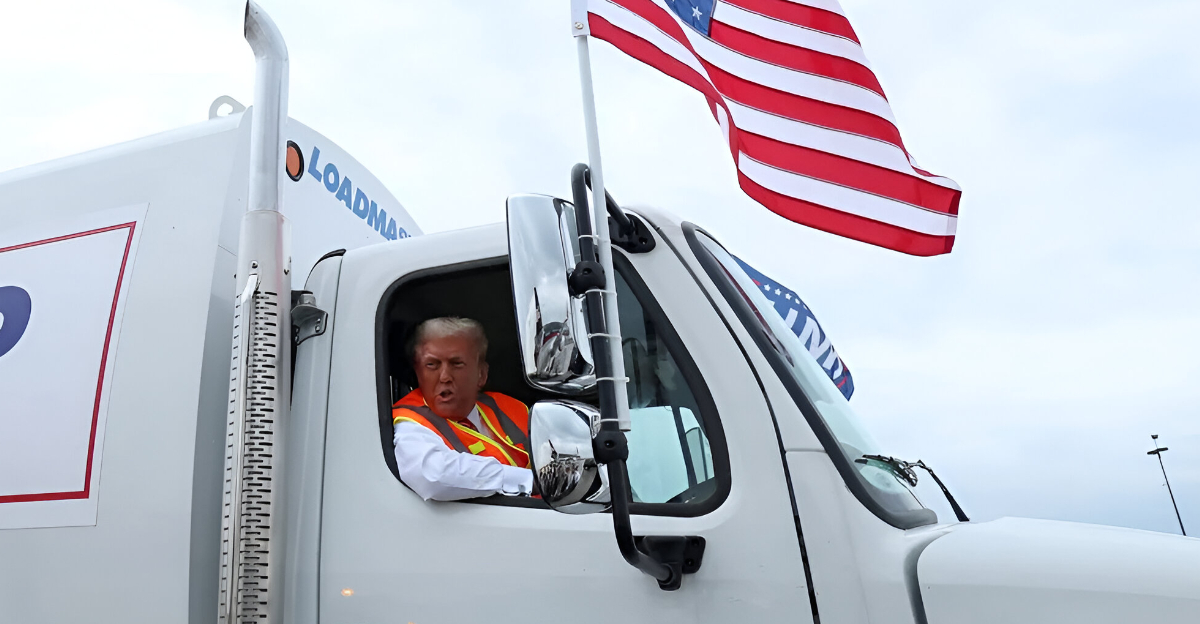
One of the toughest jobs in America is trucking. Truckers drive through the night to stock store shelves; however, NewsNation reported that nearly nine out of 10 long-haul drivers switch companies each year.
Many small operators feel that new federal rules often add paperwork and cut pay, jeopardizing truckers across the United States. So when Washington canceled a plan to slow every big rig on the road, drivers cheered.
The Old Plan
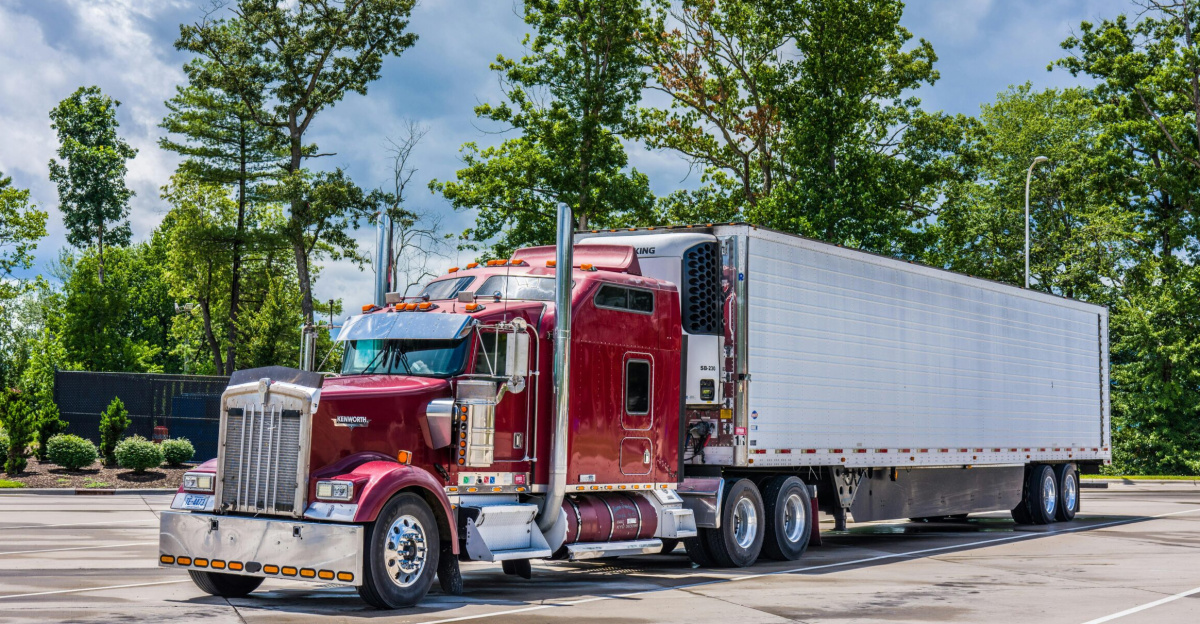
Back in 2016, the Obama administration suggested putting new rules in place that would require electronic “speed governors” on trucks so they could not go faster than about 60-65 mph.
The rationale was that the speed limit would save both lives and fuel. However, driver groups answered that forcing trucks to crawl while cars zipped by would create sudden lane changes and rear-end crashes, painting a different picture from the one the government had in mind. One association called it a recipe for “rolling roadblocks,” meaning traffic jams on wheels.
Years of Debate
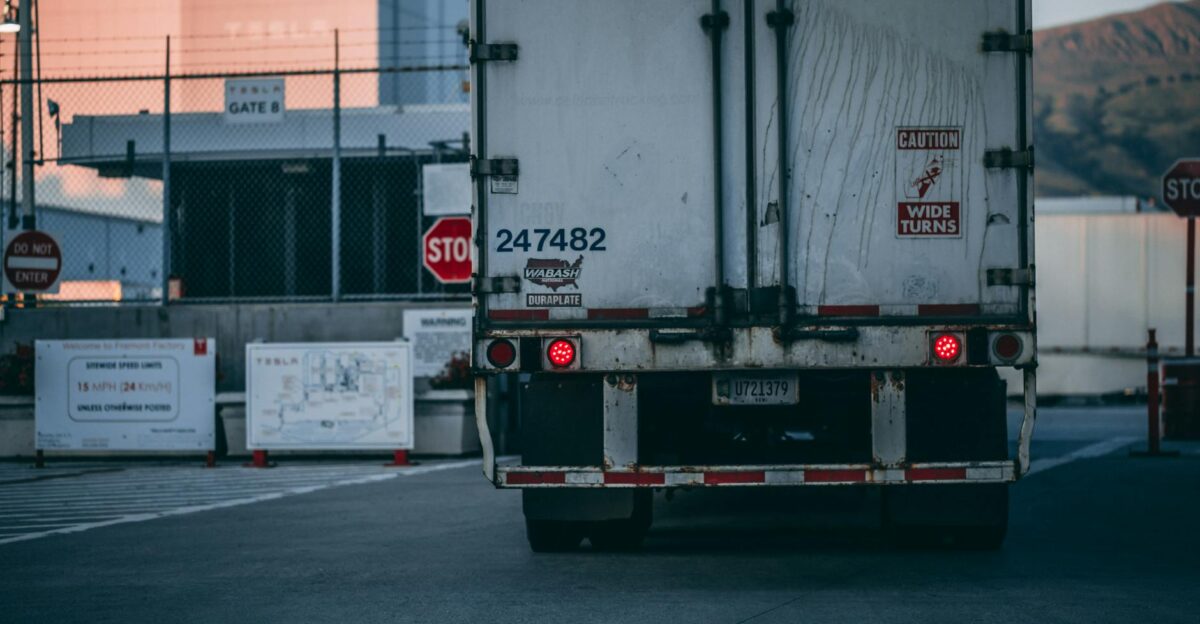
For nearly a decade, the idea was considered, taking 15,000 public comments, but still couldn’t agree on a top speed.
In 2022, the proposal re-emerged, only to stall again. Many states now post highway limits of 75-85 mph, so one blanket speed rule never fits every road. That mismatch set the stage for the final decision in 2025.
Two Sides
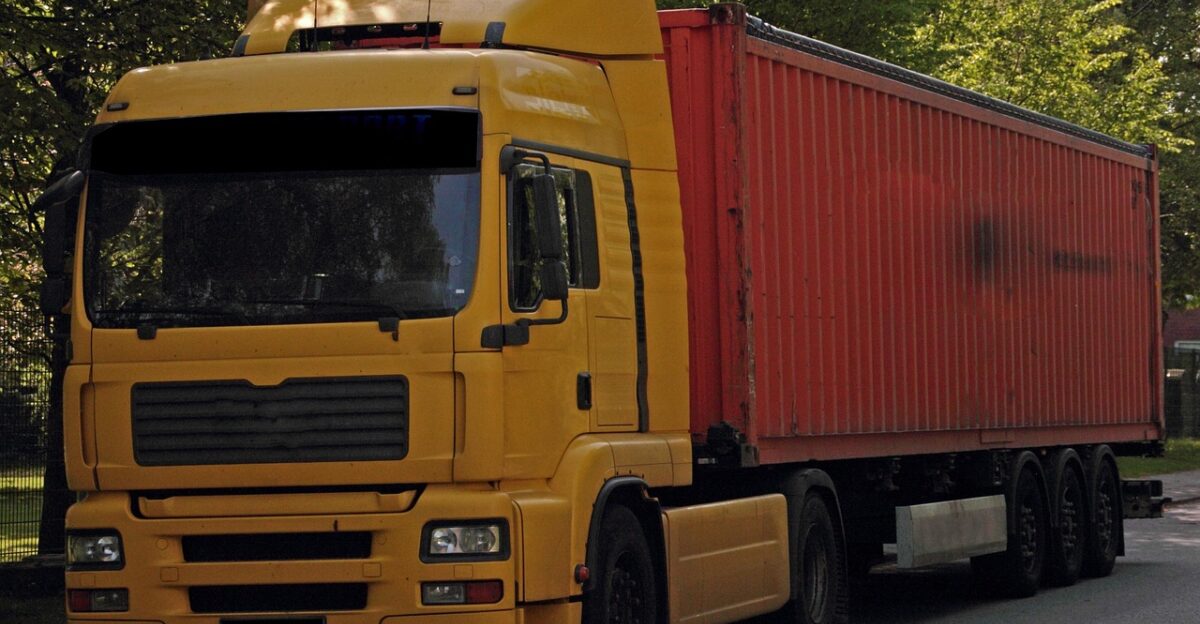
Large trucking companies are often in favor of speed caps because many of their rigs are already governed for fuel savings.
Their trade group, the American Trucking Associations, backs 70 mph limits if trucks carry automatic emergency brakes. Small independent drivers, represented by OOIDA, say one speed doesn’t work everywhere and would cost them time and money.
Trump Pulls the Plug
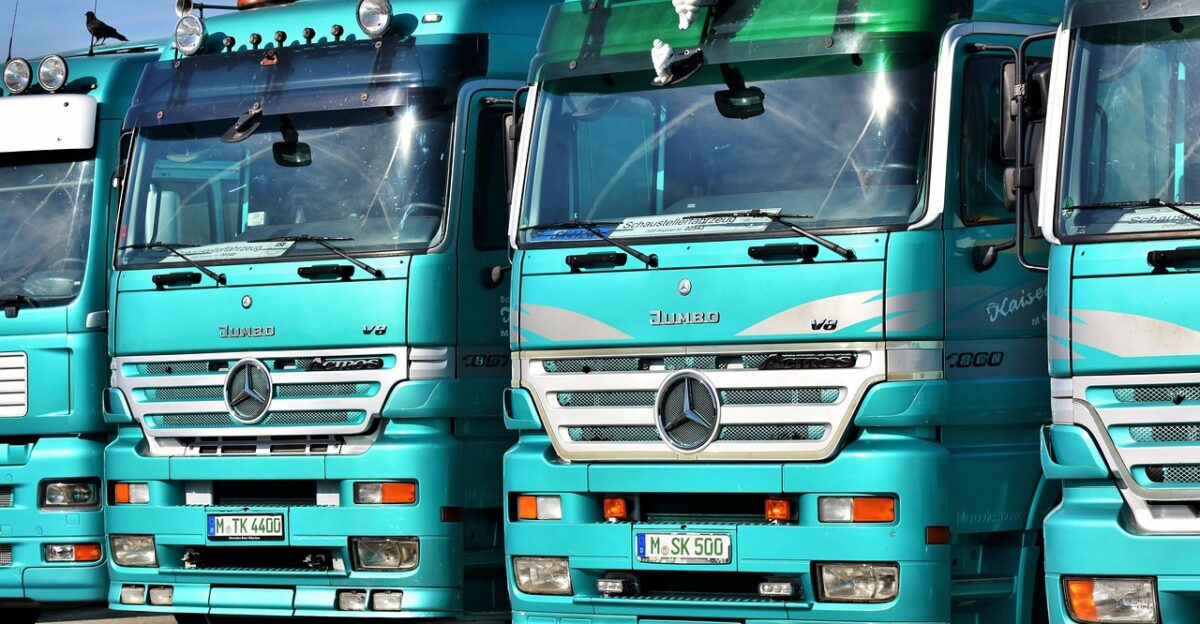
On June 27, Transportation Secretary Sean Duffy announced, “For too long, Washington, D.C., has made work harder for truckers. That ends today”.
Just one month later, the Department of Transportation (DOT) officially pulled the plug on the speed-governor plan, saying safety data were still unclear.
The move followed an executive order from President Donald Trump telling agencies to scrap rules that truckers viewed as heavy-handed.
Drivers React

USA Today quoted driver Henry Albert: “Because drivers get paid by the mile… the incentive is to not slow down.”
OOIDA’s Lewie Pugh called the withdrawal “a win for small-business truckers.” Many drivers felt that their voices had finally been heard.
Why It Matters

Speed and time are important factors for truck drivers. If a truck loses five mph, it could mean the difference between making or missing a delivery window, forcing the driver to sit for hours. Those waits are unpaid for most independents.
OOIDA says slower trucks also spark road rage when cars stack up behind them. Safety groups disagree, arguing that lower speeds reduce crash severity, but even they admit the data are mixed.
New Safety Tech
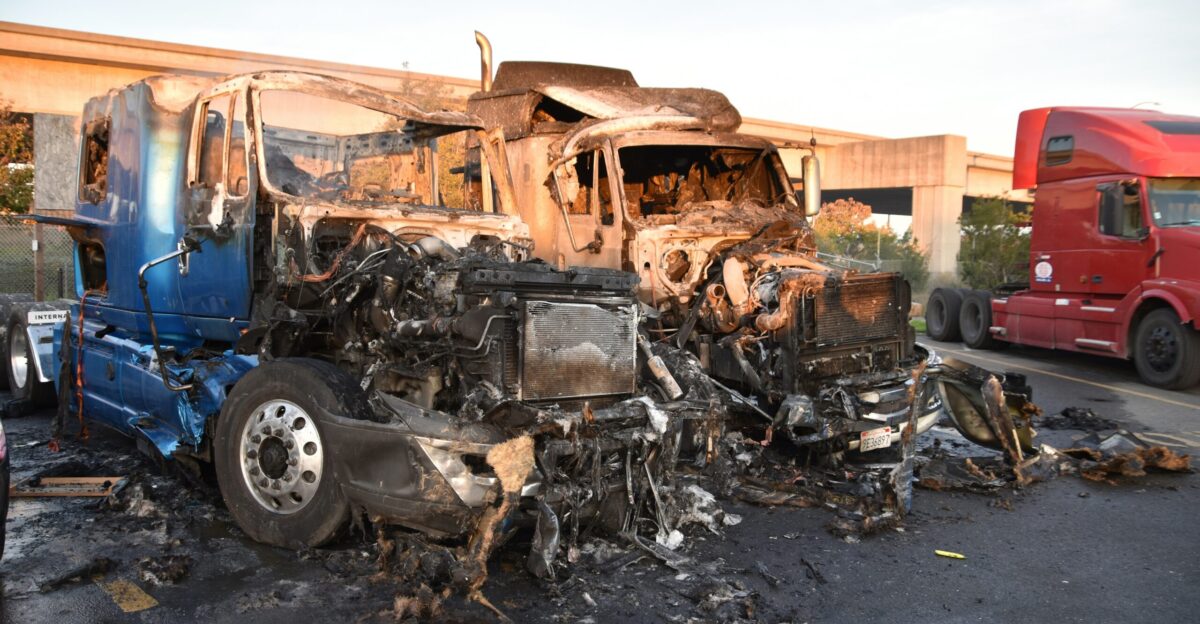
Rather than focusing on limiting speed, the DOT is betting on gadgets that automatically apply the brakes if a truck is about to rear-end another vehicle.
FleetOwner reports that once required on all new heavy trucks, these automatic emergency brakes could stop 19,000 crashes a year. This technology gave regulators confidence that they could drop the old speed rule.
The Cost To Business

A Belgian study found that dropping truck speeds by just 5 mph raised carrier costs by about 1.5%, thanks to longer trips and extra drivers.
U.S. fleets told the DOT the same thing: more slow trucks mean more rigs on the road to haul the same freight. The agency agreed that the math no longer favored a blanket cap.
Cutting Red Tape
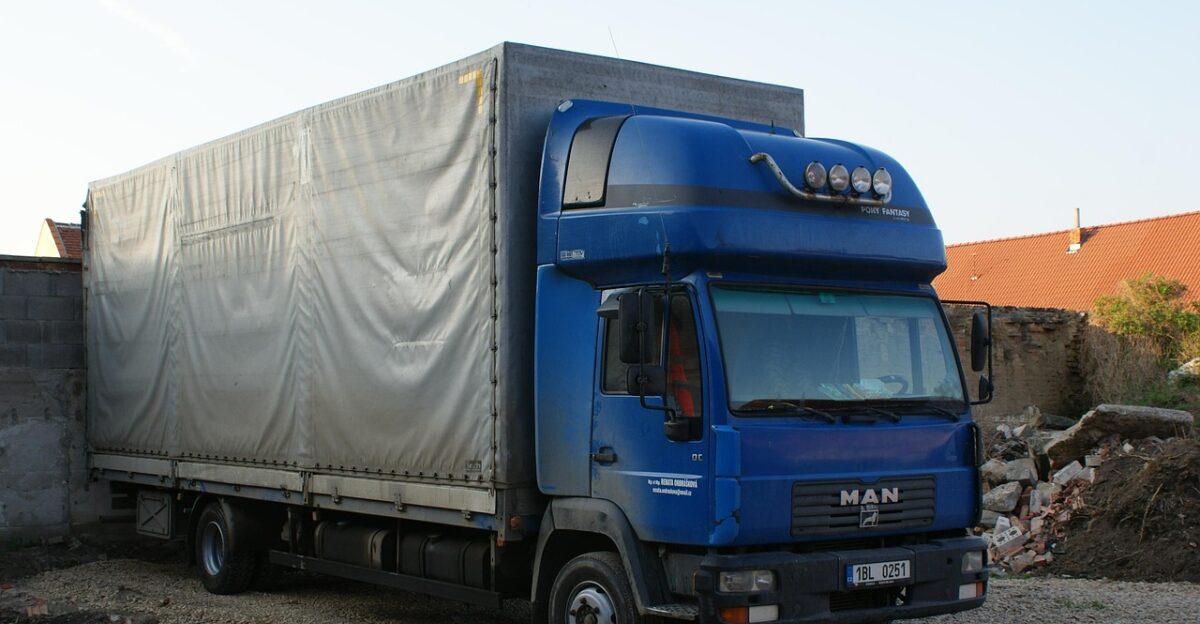
An agency fact sheet says the DOT’s new “Pro-Trucker Package” also pumps $275 million into truck-parking grants and removes 1,800 words of outdated rules.
Two top driver complaints could be addressed with less paperwork and more parking spots: hours lost hunting for legal rest areas and confusing rulebooks.
Industry Tension
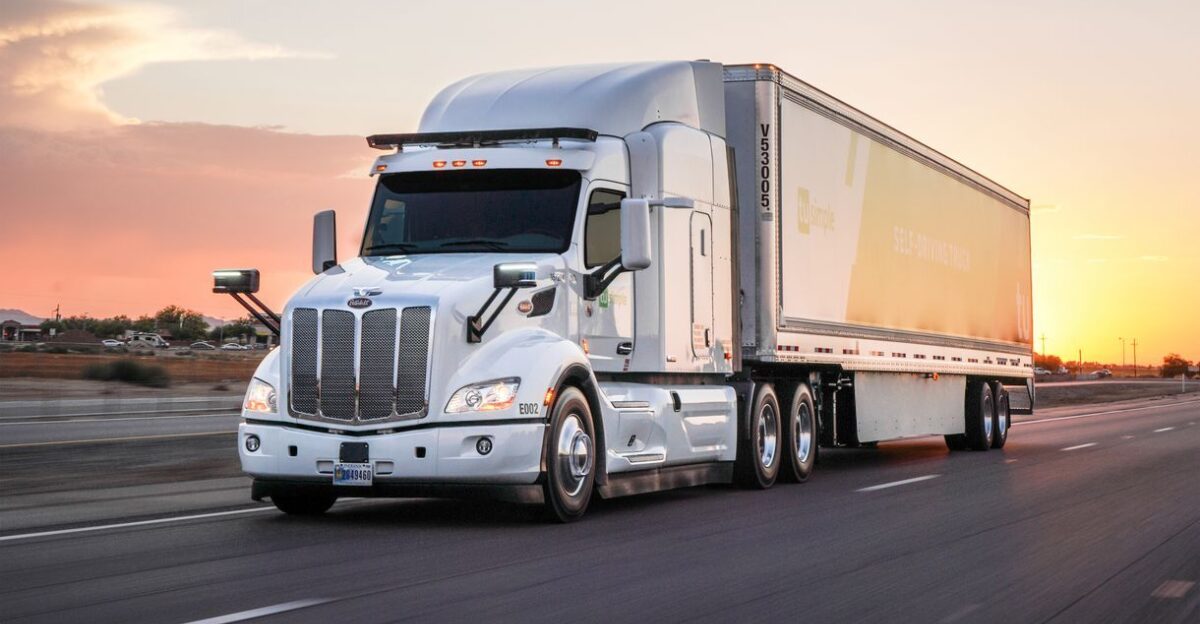
ATA boss Chris Spear once called the 2016 speed-limiter push “dangerous,” yet by 2023, he had labeled OOIDA “anti-safety” for opposing it.
OOIDA’s Todd Spencer shot back that ATA often ignores small-fleet needs. The war of words shows trucking’s split personality: mega-carriers versus independents.
Turning to Gadgets
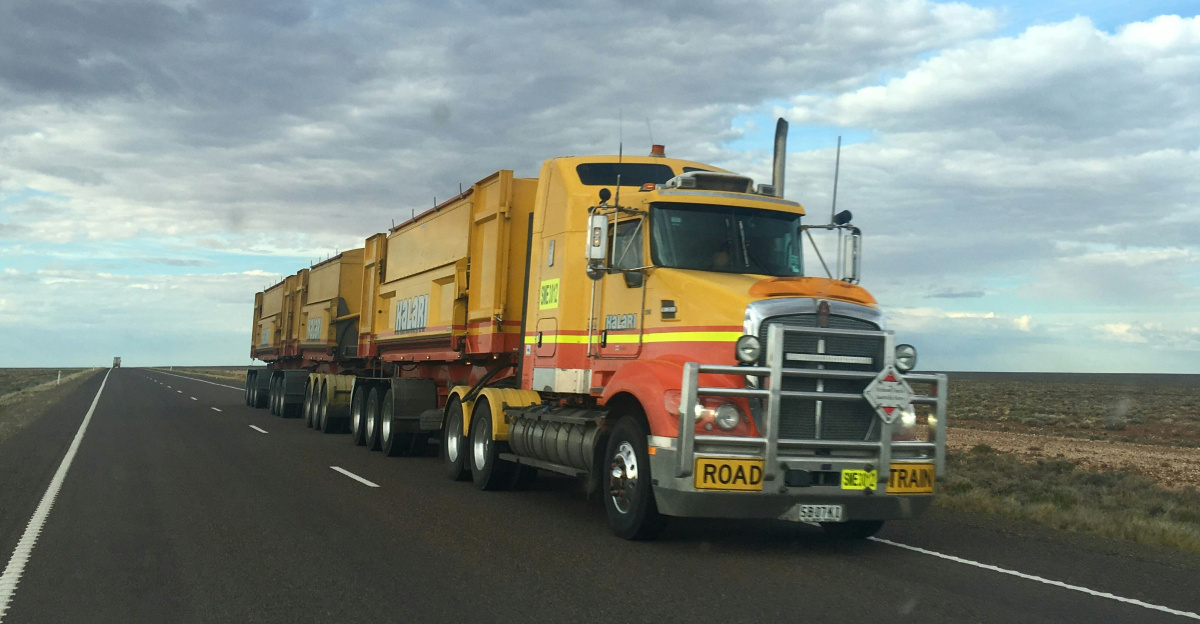
While no clear data favors speed caps, safety advocates still press for them. Regulators say automatic brakes, lane-keeping alerts, and better collision sensors offer targeted safety without slowing every truck.
Reuters reports passenger cars will also need automatic brakes by 2029, signaling a tech-first era for traffic safety.
People Over Mandates
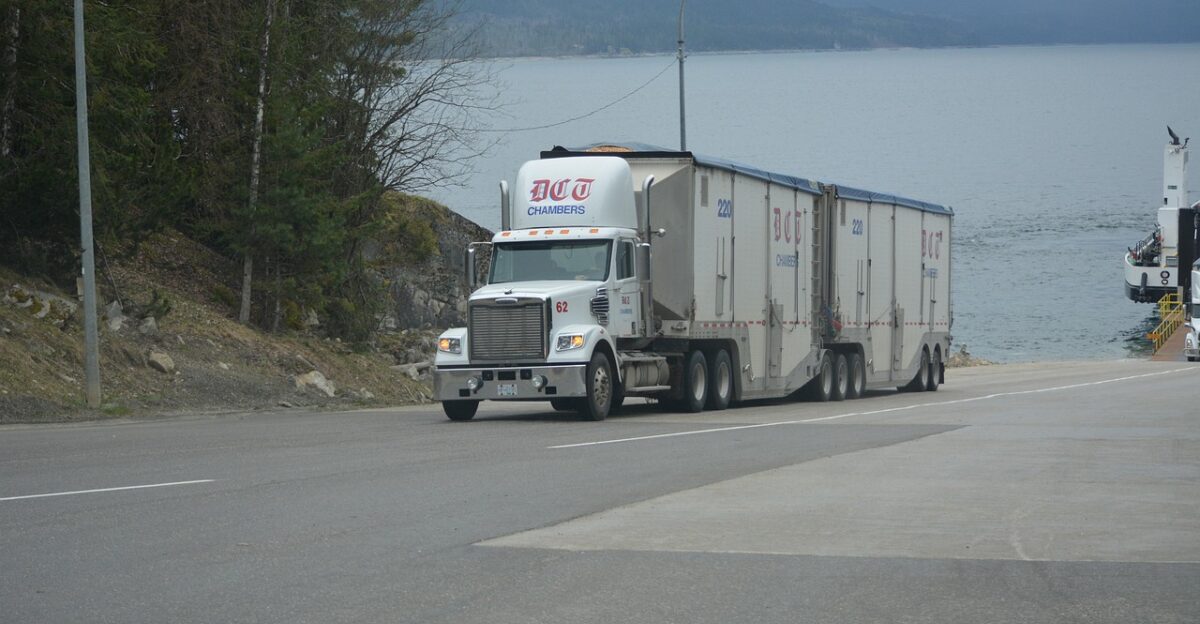
Heavy Duty Trucking notes that private delivery fleets that pay around $90,000 a year and get drivers home most nights see turnover near 20%, far below long-haul averages.
Experts say respect, modern trucks, and fair pay do more for safety than one-size federal limits.
What’s Next?
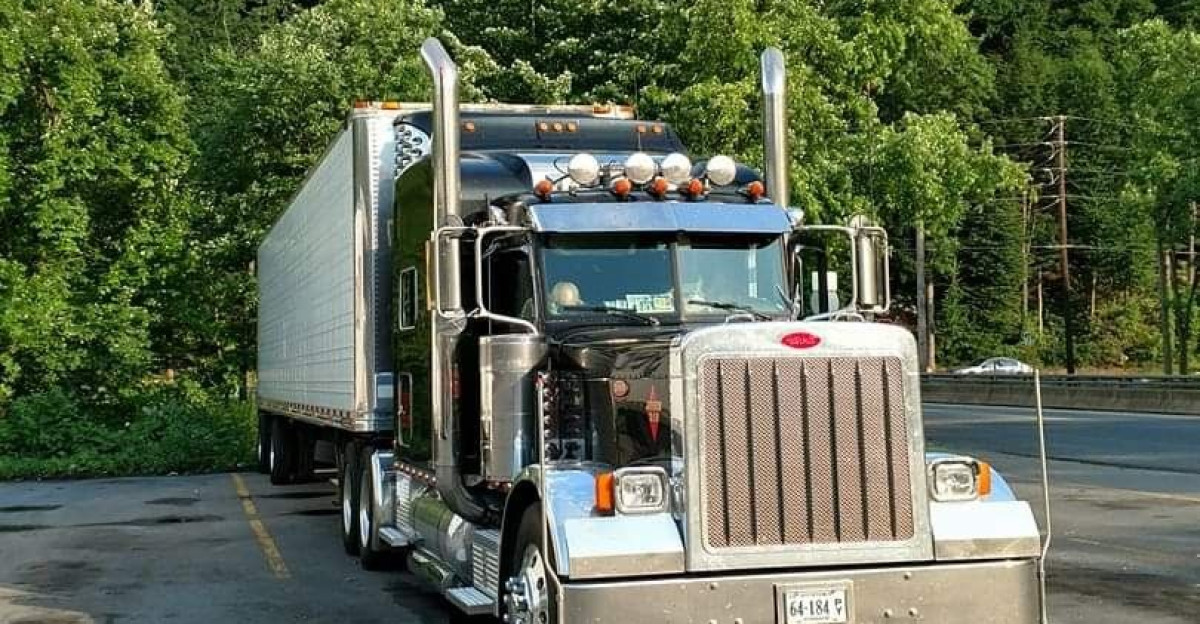
FreightWaves warns that low freight rates are still squeezing carriers even after the limiter retreat.
Meanwhile, a Senate bill would force a 65 mph cap on trucks—all politics, no tech. Expect more debate as crash numbers, fuel costs, and new gadgets evolve. For now, there isn’t enough data to justify a “one size fits all” speed limit for truckers.
The Bottom Line
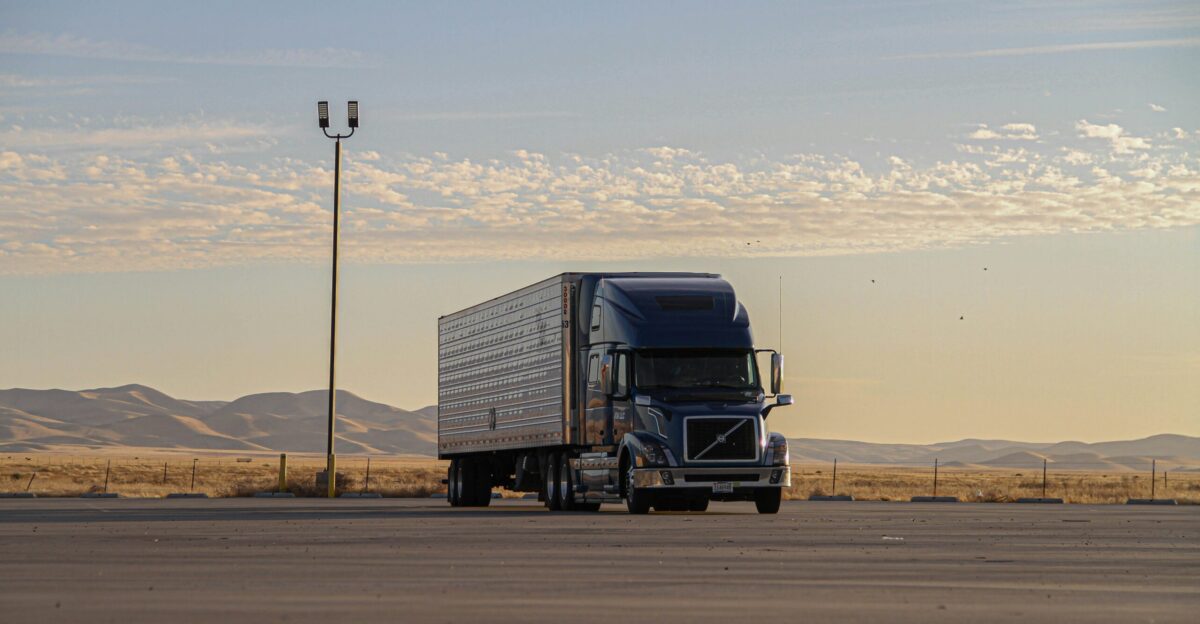
While no policies are implemented, truckers have the right to match local speed limits, and the DOT will pursue safety through smarter brakes, better parking, and trimmed rules. Whether that mix works depends on real-world crash trends.
As OOIDA’s Spencer said, America must decide whether it trusts “the men and women behind the wheel” to drive safely without a nationwide governor.